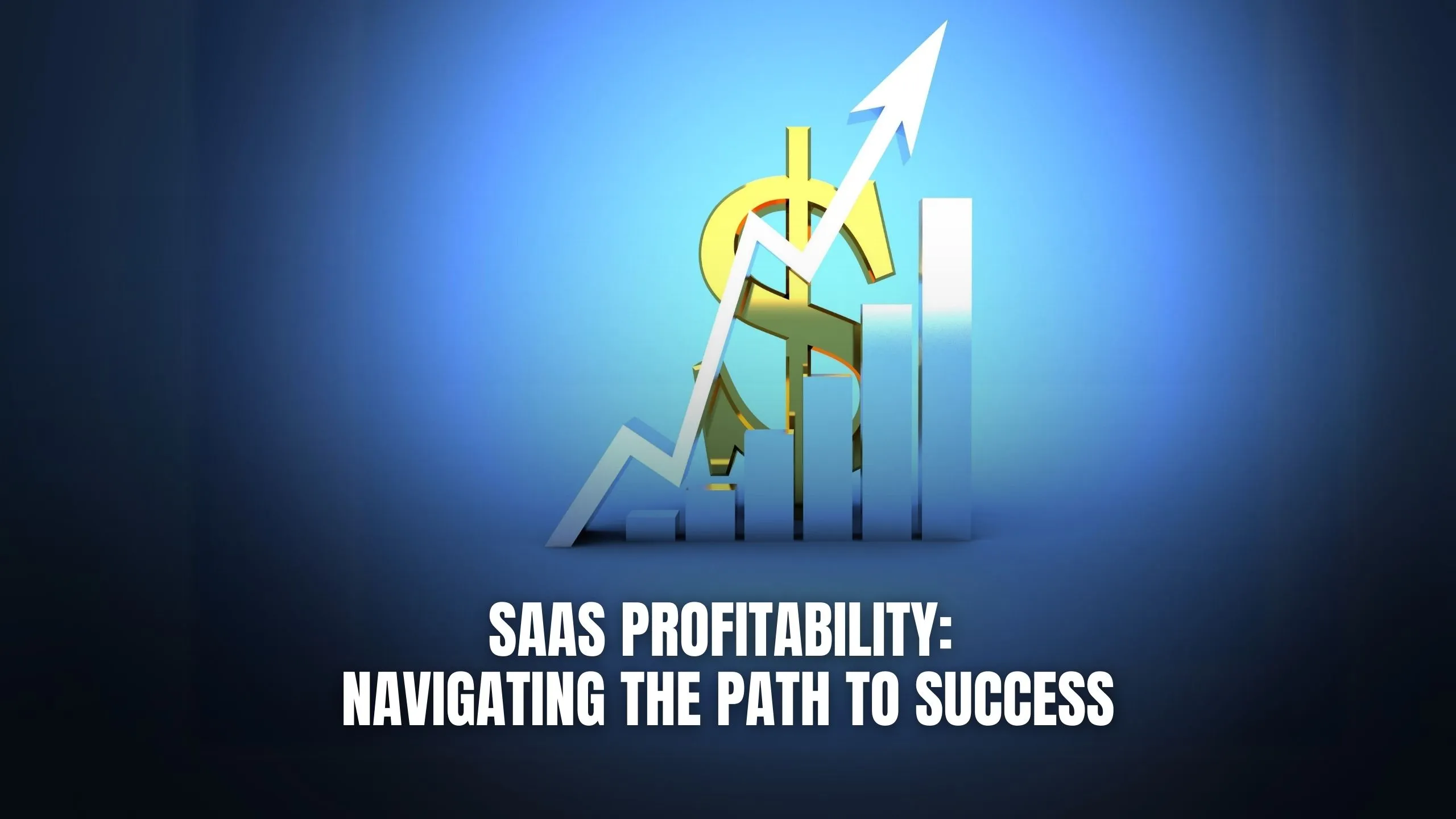SaaS Profitability: Navigating the Path to Success
- Expense Management Software Credit Cards Investing Business Solutions


SaaS Profitability: Navigating the Path to Success
Achieving profitability is a critical milestone for SaaS businesses, but the journey to success can be complex and challenging. Let’s explore the key factors that influence SaaS profitability and strategies for navigating this path effectively.
1. Customer Acquisition Costs (CAC)
One of the primary determinants of SaaS profitability is the cost of acquiring new customers. High CAC can strain cash flow and hinder profitability, especially in the early stages of a SaaS business. To mitigate this, it’s essential to optimize marketing and sales efforts, target the right customer segments, and focus on channels that yield the highest return on investment.
2. Churn Rate
Churn, or the rate at which customers cancel their subscriptions, directly impacts SaaS profitability. High churn can erode revenue and impede growth, making it challenging to achieve profitability. SaaS businesses must prioritize customer success, invest in retention efforts, and continuously refine their product to address customer needs and reduce churn.
3. Monthly Recurring Revenue (MRR) Growth
Sustainable MRR growth is a key driver of SaaS profitability. Increasing MRR through upsells, cross-sells, and new customer acquisitions boosts revenue and contributes to profitability over time. SaaS companies should focus on expanding their customer base, enhancing product value, and implementing pricing strategies that maximize MRR growth while balancing customer satisfaction.
4. Operational Efficiency
Efficient use of resources is essential for SaaS profitability. Streamlining operations, optimizing workflows, and automating repetitive tasks can help reduce costs and improve margins. SaaS businesses should leverage technology and data analytics to identify inefficiencies, eliminate waste, and enhance operational performance.
5. Scalability and Long-Term Planning
Scalability is crucial for long-term SaaS profitability. Building a scalable infrastructure, investing in scalable marketing channels, and designing a product that can accommodate growth without significant increases in costs are essential strategies. Long-term planning and foresight are critical to anticipate challenges, adapt to market dynamics, and sustain profitability as the business scales.
Recommended SaaS Products:
- ProfitWell: Subscription analytics software for tracking key metrics and optimizing SaaS profitability.
- ChurnZero: Customer success platform for reducing churn and increasing retention.
- Chargebee: Subscription billing and revenue management software for optimizing MRR growth.
- Zoho CRM: Customer relationship management software for improving operational efficiency and sales effectiveness.
- Gusto: HR and payroll software for managing employee resources and reducing administrative overhead.
Conclusion
Achieving profitability in the SaaS industry requires a strategic approach that addresses key factors such as customer acquisition costs, churn rate, MRR growth, operational efficiency, and scalability. By focusing on these areas and leveraging the right tools and technologies, SaaS businesses can navigate the path to profitability and thrive in a competitive market landscape.
Unlock SaaS Success with Subscribed.fyi!
Ready to optimize your SaaS profitability? Join Subscribed.fyi and gain access to exclusive deals on essential SaaS tools that can help you streamline operations, increase revenue, and achieve long-term profitability. Sign up for free today and take your SaaS business to new heights!
Relevant Links:





